Over the centuries, many lists of wonders have been created, each one showcasing the incredible ingenuity and creativity of human beings. Today, we continue this tradition by presenting our own selection of 7 man made wonders of the world.
Teotihuacan
Teotihuacan, a grand and flourishing metropolis that rose in the valley of Mexico during the 2nd century BC, remains one of the most awe-inspiring man made wonders of the world. The civilization that built this great city was responsible for the construction of the colossal step pyramids, including the famous Pyramid of the Sun, which was completed around 100 AD. Standing tall at an impressive height of 246 feet, it was not only the largest building in Teotihuacan but also one of the most significant structures in Mesoamerica.
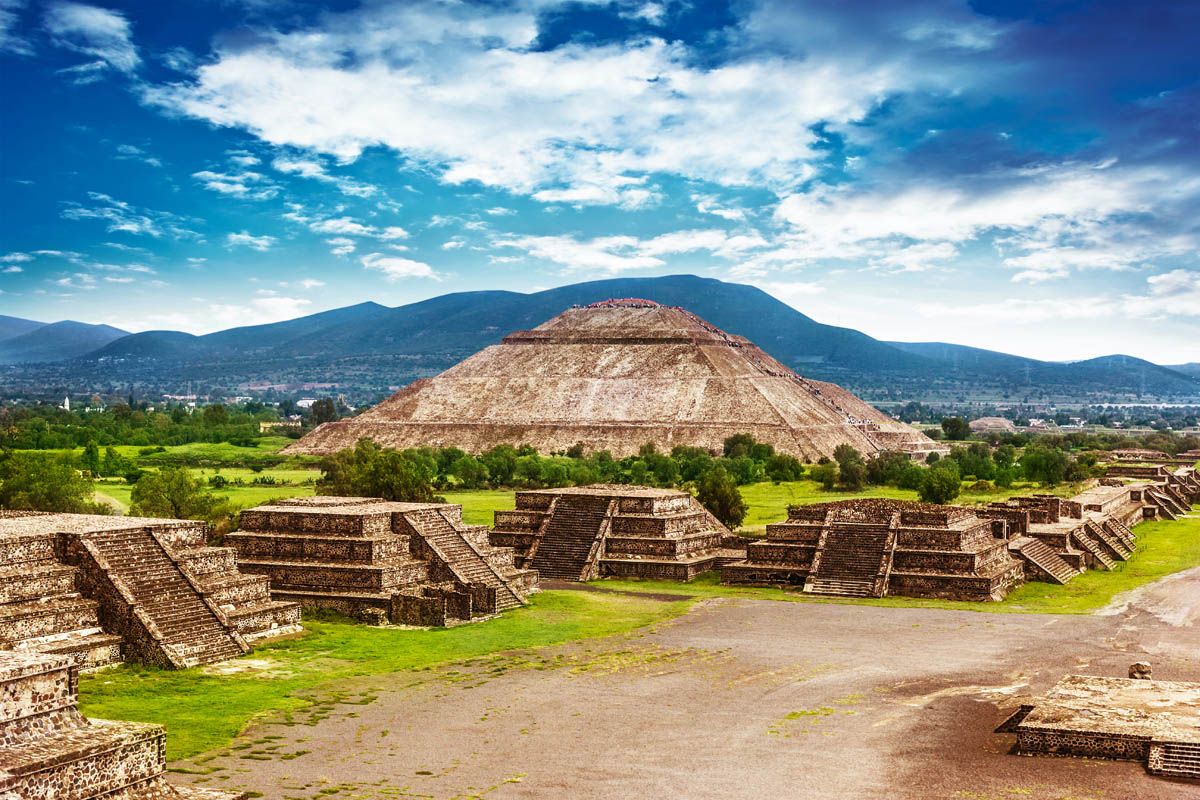
Pyramids of Giza
It is a testament to the incredible engineering feats achieved by the ancient Egyptians, and their mastery of architecture. The three pyramids found in Giza were built over the course of three generations by Khufu, Khafre, and Menkaure, and continue to stand tall to this day.
The construction of this magnificent structure required over two million blocks of stone, and it took around 20 years to complete, concluding around 2560 BC. At an astounding height of 139 meters (455 feet), the Great Pyramid of Khufu is the largest pyramid in Egypt. Although Khafre’s Pyramid appears larger due to its placement at a higher elevation, the Great Pyramid of Khufu remains a truly awe-inspiring marvel of human engineering.
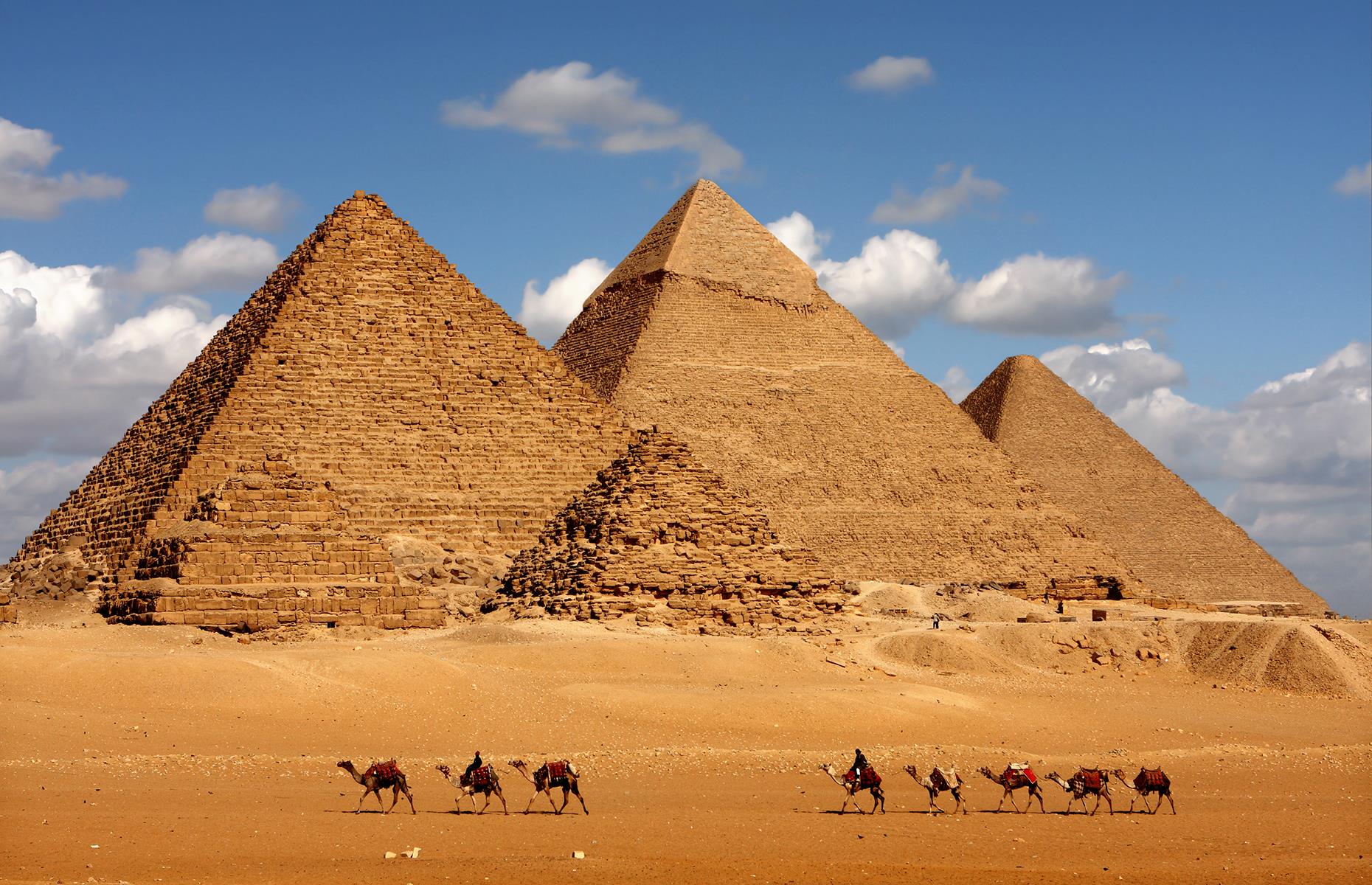
Easter Island
Easter Island, one of the world’s most remote islands, is home to the famous monolithic statues known as moai. These impressive works of art were crafted by the Polynesian colonizers who settled on the island between approximately 1250 AD and 1500 AD.
Aside from serving as representations of their ancestors who had passed away, the moai were also considered to embody the powerful chiefs who had once ruled the island. The largest of these statues, called Paro, towered at almost 10 meters (33 ft) high and weighed an impressive 75 tonnes.
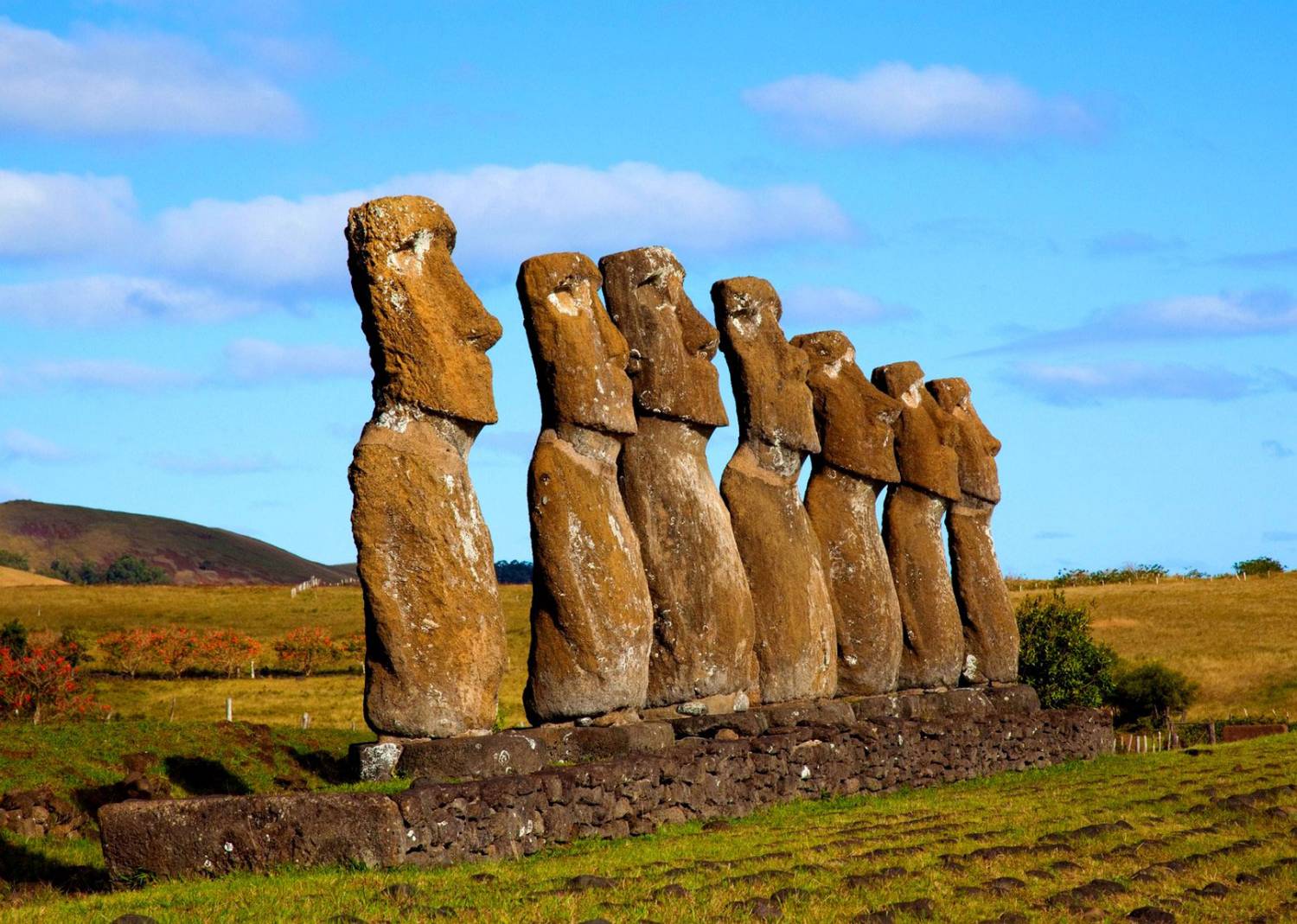
Colosseum
Emperor Vespasian of the Flavian dynasty initiated its construction in 72 AD and his son Titus completed it in 80 AD. The Colosseum was designed to host various public spectacles, such as gladiator games, theatrical performances, and animal hunts. During the opening ceremonies of the Colosseum, 100 days of non-stop spectacles were held, in which over 5,000 animals and 2,000 gladiators lost their lives.
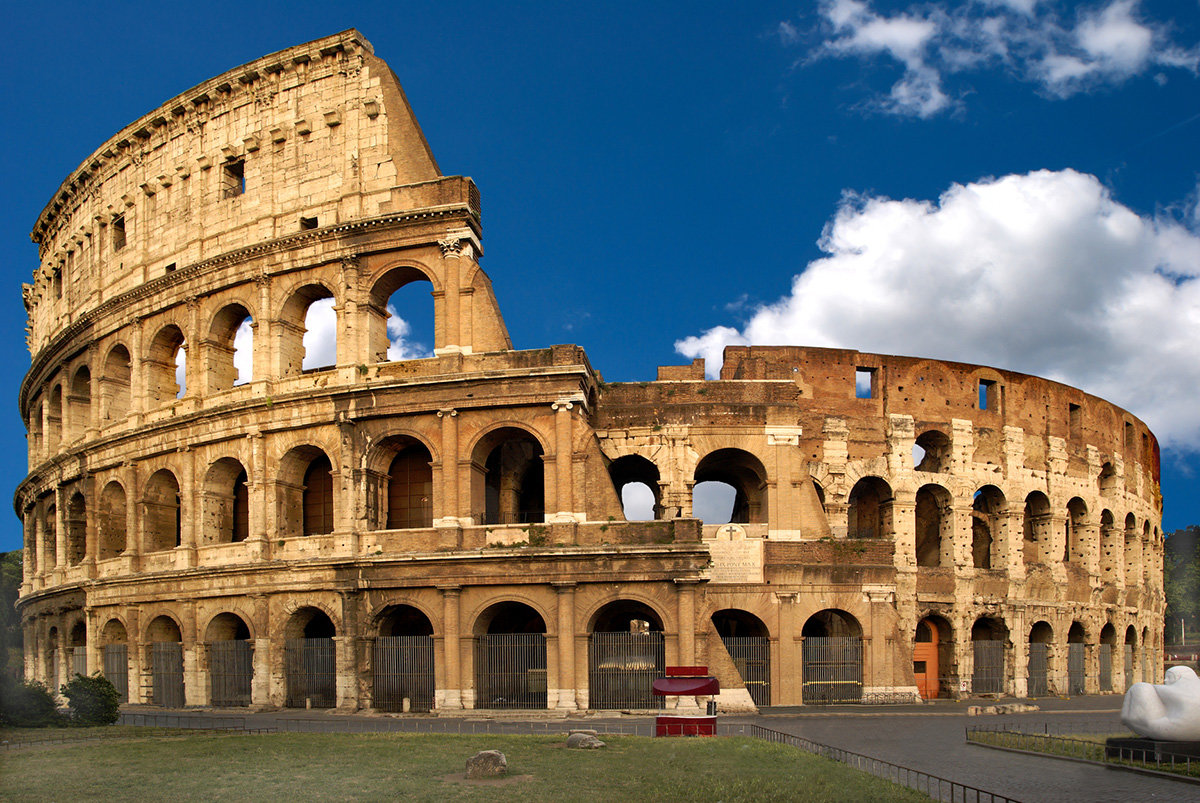
Great Wall of China
The Great Wall of China is one of the most impressive man made wonders of the world. The wall was built, rebuilt, and maintained over centuries, from the 5th century BC to the 16th century. However, only a small portion of that wall remains today. The majority of the existing wall was built during the Ming Dynasty (1368-1644 AD). This remarkable feat of engineering is an incredible testament to the ancient Chinese civilization’s ingenuity and determination.

Taj Mahal
The Taj Mahal, one of the man made wonders of the world, is a breathtaking mausoleum made of white marble. It was commissioned by the Mughal emperor Shah Jahan in memory of his beloved wife and took over two decades to complete, from 1632 to 1653. The entire complex is a true wonder, showcasing the brilliance of the Mughal era and the dedication of its builders.
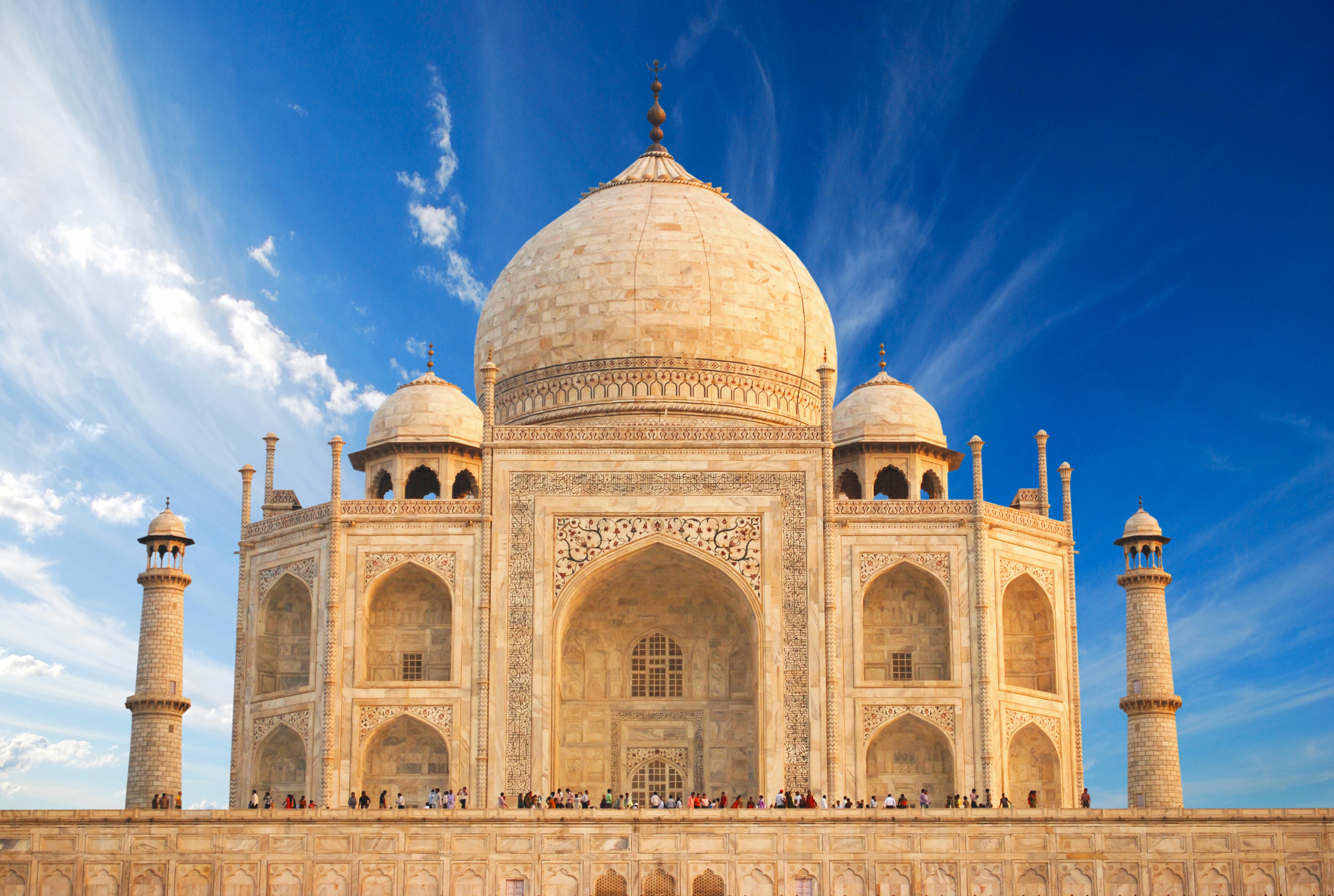
Machu Picchu
Machu Picchu, a spectacular ancient site located in Peru, is considered one of the most beautiful and awe-inspiring man made wonders of the world. This “Lost City of the Incas” remained hidden for centuries above the Urubamba Valley until its rediscovery in 1911 by Hawaiian historian Hiram Bingham. The city is entirely self-contained and is invisible from below, surrounded by breathtaking agricultural terraces and fed by natural springs.
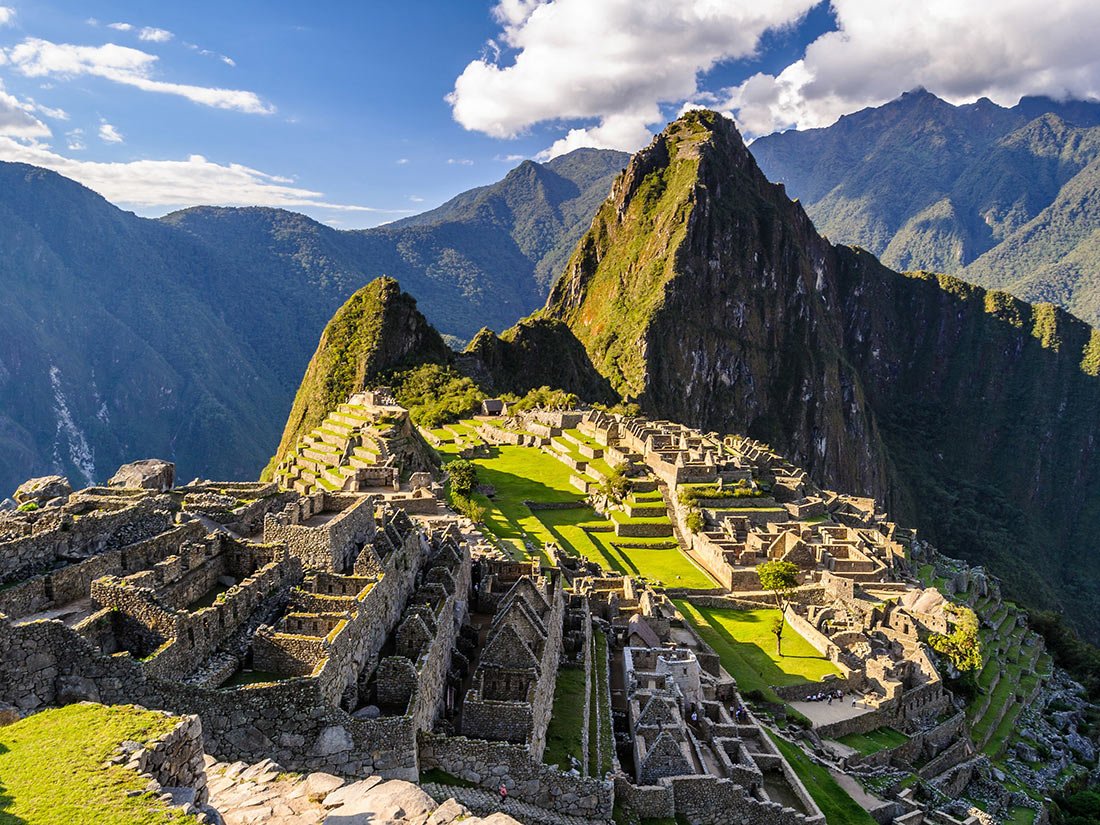




Related Posts
Top-7 Most Expensive Dogs in the World
7 Most Expensive Cats in the World 2023
Top-7 most luxurious and expensive airlines in the world